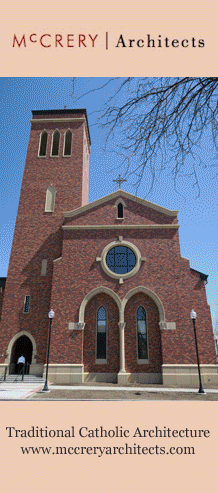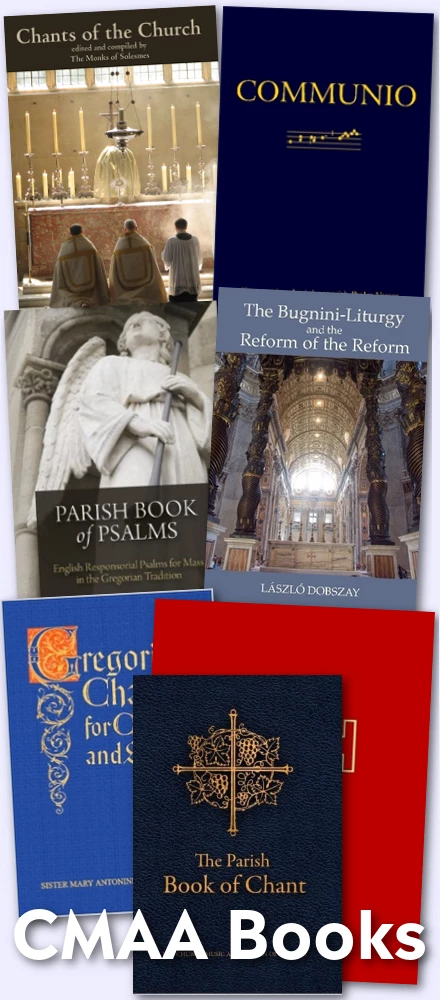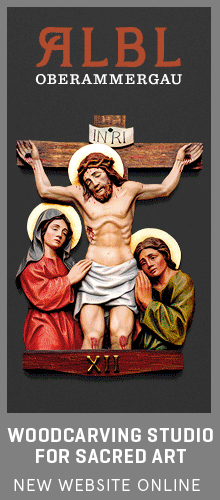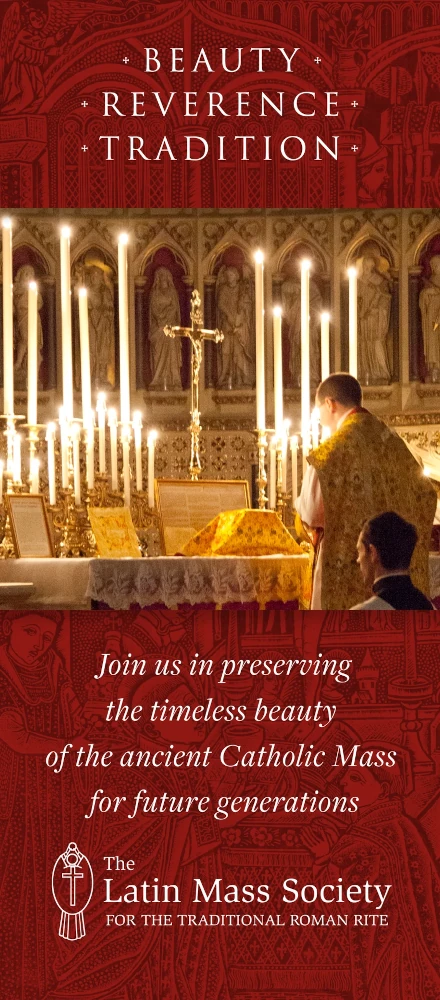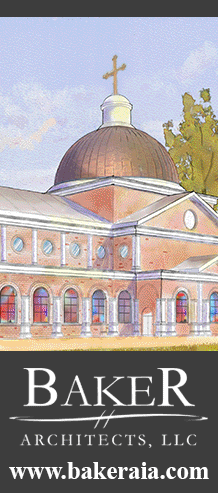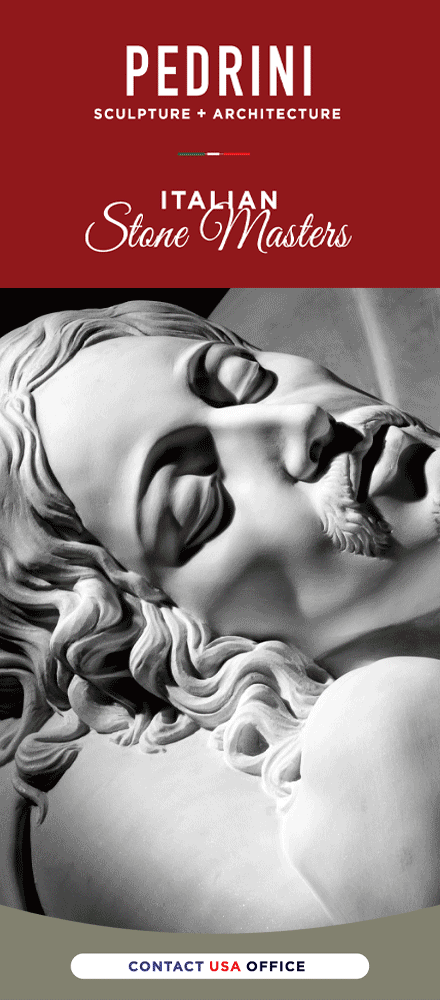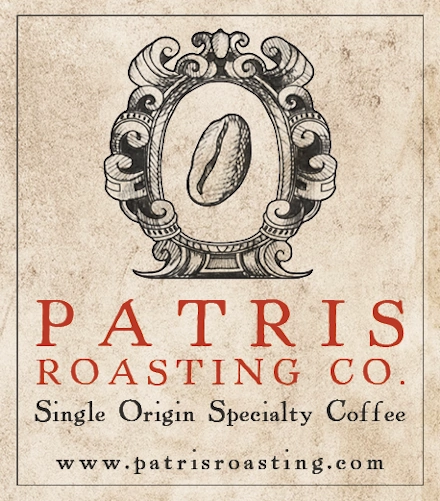I have been asked by readers to say something about Dominican traditions concerning the practice of making the venia and the custom of kissing the scapular. I am happy to oblige. What follows respresents formal legislation or custom within my own province. I am sure that others will let us know about different practices elsewhere.
The Venia is made (Caeremoniale (1869), n. 791), "by extending the whole body on the ground, not on the stomach but on the right side, with the left leg on top of the right." Although the exact posture varies a bit from province to province, and even according to what a friar was taught by his novice master (one of whose responsibilities is to "teach the novices to make the venia"), this image of a French friar of Toulouse is a good example.
Traditionally, the venia is made for one of two reasons: to show acceptance of an obedience or to ask forgiveness. It is similar to the practice in certain religious congregations of kissing the ground, a custom we do not use. The Caeremoniale prescribes the following times when it is made to accept a obedience:
1. At a chapter of faults on receiving a penance.
2. After correction by a superior.
3. On receiving a precept, office, or ministry.
This last is probably the most common use in practice today. I have seen the venia done during the past year by a friar after the reading of the "mandamus" assigning him to our priory in Oakland, and a couple of years ago on the installation of a prior there.
More common historically, is the use of the venia in asking forgiveness or showing sorrow for a fault. The Caeremoniale prescribes it on these occasions:
1. At a chapter of faults, on making a self-accusation.
2. When asking forgiveness for a fault from a superior, or even from other simple friar.
3. By the communicants (not the ministers) at the recitation of the Confiteor before Communion in the Dominican Rite Solemn Mass up to 1959, when this Confiteor was dropped to conform to changes in the Roman Rite.
4. In the sacristy, by the server after Mass, if he has made a mistake in serving.
5. During reading at meals, at the end of the reading, if a grave mistake were made (e.g. one causing laughter).
6. In choir, if one arrived very late (after the first Psalm of the Office), in which case one remained on the floor till the prior knocked on the form. Or, by a chanter or reader, after making a grave mistake in singing or reading. This venia was done briefly, rising without waiting for the prior to knock.
7. In Sacramental Confession, when using the Dominican Rite formula for absolution, if the friar penitent recited the Confiteor after the absolution from censures and before the priest recited the Misereatur and gave formal absolution. Friars could do this, just as everyone recites and act of contrition today in confession, but lay people were not expected to know the formula in Latin, so it could be omitted. For the form of Absolution in the Dominican Rite. see the downloadable text on the sidebar at Domincan Liturgy.
There were two other occasions when the Venia was made that do not quite fit in these categories. These were:
1. Before the superior, when leaving a community for more than one night, or when receiving the blessing for travelers.
2. During the reading of Martyrology on the feast of the Annunciation at the words "et factus homo."
When a subject had committed a very grave fault, and wanted to ask the superior for mercy, a more solemn form of the venia was made: prostration flat on the floor with arms out-stretched in the form of a cross. I have never seen this done, nor, thank God, had to do it. Kissing the Scapular
Kissing the Scapular
The scapular is the apron-like part of the Dominican habit. It is a very ancient as a part of monastic garb, being mentioned in chapter 15 of the Rule of Benedict as an item worn for manual labor. Originally short, it was lengthened in the early middle ages and sometimes connected by strips at the sides to make it cross shaped, as can been seen in the example of the famous Carthusian habit to the right. Originally not worn in choir, it had became a part of the choir habit for monks, hermits, and canons regular by the 1100s. We Dominicans wear it because we are in origin canons regular, having been approved as such in our foundation bull of Pope Honorius III in 1216.
It is the only part of our habit that is formally blessed at profession of first vows. Older legendaries claimed the the scapular was added to our habit many years after the foundation because of a apparition of the Blessed Virgin to Bl. Reginald of Orleans during a serious illness, she saying "behold the habit of your Order." This story does not indicate that the Virgin was adding the scapular to the original canons' habit of the order. As canons regular, we already had the scapular--although the late legend interpreters did not know this. Thus the unfounded story. When Our Lady showed him the scapular, it was already part of the full habit of the Order he was to enter after being healed.
The practice of kissing the scapular is customary and was never a part of our legislation in a formal way. It was, and is, the custom in many provinces to kiss the scapular in choir after making a minor mistake in singing or reading, or when having to go around another friar to get to one's stall. But this was not universal custom. In some provinces (cf. Caeremoniale, n. 797, f.n. 1) it seems that the practice was to touch the ground with a finger, or at least (for the less able) to try to do so. I have never seen that done, but in all the provinces I have visited, including my own, the practice of kissing the scapular in choir is very much alive.
Those who would like information on the lay devotion of small scapulars and their origin and use, should consult the excellent article "Scapulars" in the New Catholic Encyclopedia (1967), 12:114, by Fr. Paul N. Zammit, O.P. This is not the Catholic Encyclopedia on-line, which is the old one of 1911.
Saturday, July 05, 2008
The Dominican Venia and Kissing the Scapular
Fr. Augustine Thompson, O.P.More recent articles:
Spinello Aretino’s Altar of Ss Philip and JamesGregory DiPippo
At the very end of the 14th century, the painter Spinello di Luca Spinelli (1350 ca. - 1410 ca.), usually known as Spinello Aretino (from Arezzo) was commissioned to make a frescoed altarpiece for the Dominican church of his native city. The altar itself no longer exists; it was dedicated to the Apostles Philip and James, whose feast is traditional...
A Medieval Hymn for EastertideGregory DiPippo
Many medieval breviaries, including those of the Sarum Use, the Cistercians, Carmelites and Premonstratensians, have a hymn for the Easter season which is not found in the Roman Breviary, Chorus novae Jerusalem by St Fulbert, bishop of Chartres, who died in 1029. The original version of the Latin text, and the English translation of John Maso...
Two Upcoming Events from the Durandus InstituteGregory DiPippo
Our friend James Griffin of The Durandus Institute for Sacred Liturgy and Music wishes all our readers a joyous Easter season, by presenting two opportunities, at least for those in southeast Pennsylvania, to celebrate.First, this coming Sunday at 5pm, there will be a solemn Vespers in the traditional Latin rite for the Second Sunday after Easter a...
Letter to a Maximalist Music Director in a Minimalist WorldPeter Kwasniewski
Auguste Danse, Study of Three Singers (detail)The following is based on a real letter.Dear Friend,I’m sorry to hear that you’re experiencing some “ups and downs” with regard to the liturgy there, though it’s hardly surprising in a way. Your diocese is not well known for liturgical propriety or taste, and, beyond that, priests mostly have control ov...
The Tomb of St Peter Martyr in Milan’s Portinari ChapelGregory DiPippo
Here are some great photos from our Ambrosian correspondent Nicola de’ Grandi of the Portinari Chapel at the Basilica of St Eustorgio in Milan. They were taken during a special night-time opening made possible by a new lighting system; as one might well imagine, the Italians are extraordinarily good at this sort of thing, and more and more museum...
Recommended Art History and Artistic Practice Text Books for Homeschoolers... and Everyone Else Too!David Clayton
I want to recommend the Catholic Heritage Currricula texts books to all who are looking for materials for courses in art history, art theory and artistic practice at the middle-school or high-school level. These books present a curriculum that combines art history, art theory, and a theory of culture in a Catholic way. Furthermore, they provide the...
Launching “Theological Classics”: Newman on the Virgin Mary, St Vincent on Novelty & Heresy, Guardini on Sacred SignsPeter Kwasniewski
At a time of turmoil, nothing could be better or more important than rooting ourselves more deeply in the Catholic tradition. One of my favorite quotations is by St. Prosper of Aquitaine (390-455), writing in his own age of chaos: “Even if the wounds of this shattered world enmesh you, and the sea in turmoil bears you along in but one surviving shi...
Low Sunday 2025Gregory DiPippo
With his inquisitive right hand, Thomas searched out Thy life-bestowing side, O Christ God; for when Thou didst enter while the doors were shut, he cried out to Thee with the rest of the Apostles: Thou art my Lord and my God. (The Kontakion of St Thomas Sunday at Matins in the Byzantine Rite.)Who preserved the disciple’s hand unburnt when he drew n...
The Easter Sequence Laudes SalvatoriGregory DiPippo
The traditional sequence for Easter, Victimae Paschali laudes, is rightly regarded as one of the greatest gems of medieval liturgical poetry, such that it was even accepted by the Missal of the Roman Curia, which had only four sequences, a tradition which passed into the Missal of St Pius V. But of course, sequences as a liturgical genre were extre...
The Paschal Stichera of the Byzantine Rite in EnglishGregory DiPippo
One of the most magnificent features of the Byzantine Rite is a group of hymns known as the Paschal stichera. These are sung at Orthros and Vespers each day of Bright Week, as the Easter octave is called, and thenceforth on the Sundays of the Easter season, and on the Leave-taking of Easter, the day before the Ascension. As with all things Byzantin...


